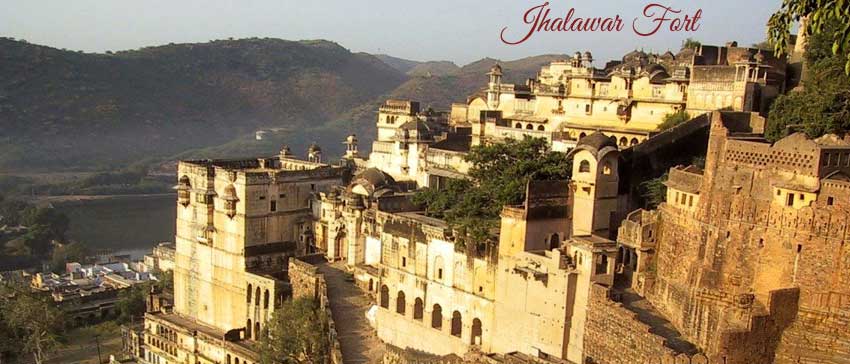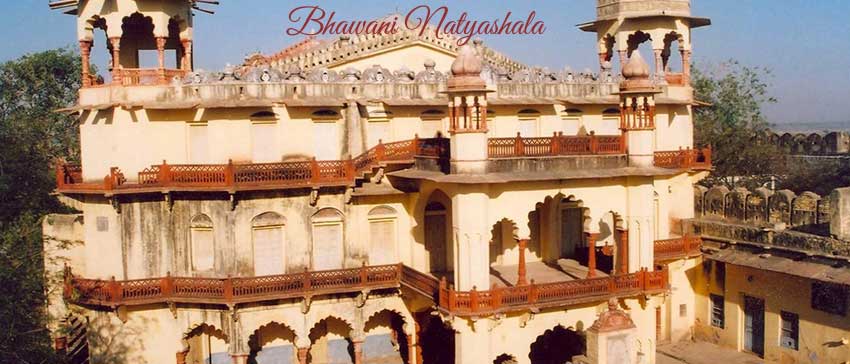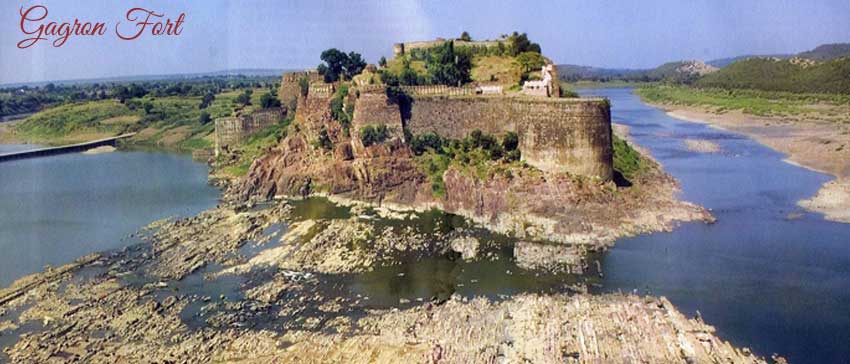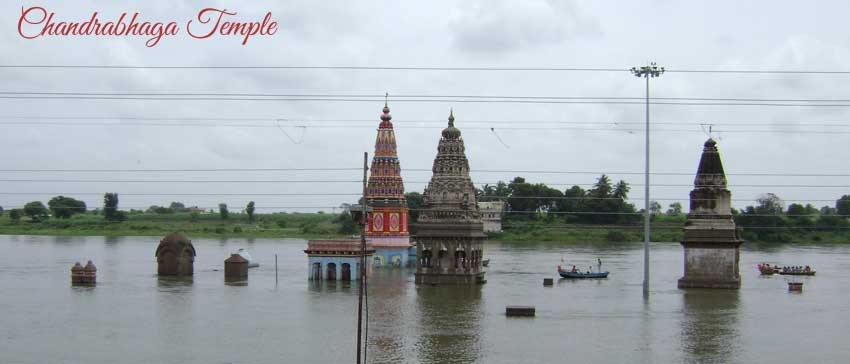Jhalawar, once called Brijnagar is known for its rich natural wealth of vibrant flora and fauna. However, unlike other cities of Rajasthan, Jhalawar has a rocky but water-laden verdant landscape. Red poppy fields and orange laden orchards are strewn across Jhalawar, lending it a colourful look. They also contribute a major share to the production of citrus in the country. This place has a varied cultural heritage that includes many forts and palaces from the Rajput and Mughal periods. It is solely famous for the large numbers of temples and religious sites.
Jhalawar was named after its founder, Jhala Zalim Singh in 1838. He was the Dewan of Kota State and established the town as a cantonment, then known as Chaoni Umedpura near the existing Jhalrapatan Fort. At that time, the township was surrounded by dense forests which were home to many exotic species. The Dewan often came here to hunt and grew so fond of the place that he decided to turn it into a township. It was later turned into a military cantonment when the Maratha invaders passed through the city to capture Hadoti states.

Situated in the centre of the town, the Jhalawar fort or Garh Palace is a beautiful monument. It was built by Maharaj Rana Madan Singh and his successors added beautiful paintings inside the rooms. These can be seen with the permission of appropriate authorities. The Zenana Khas or the ‘Women’s Palace’ has some excellent frescoes on both, walls and mirrors and they are prime examples of the Hadoti school of art.

The Bhawani Natyashala is one of the most unusual theatres in India, constructed in 1921 A.D where Parsi plays and cultural events would take place. This architectural wonder gives one an excellent insight into the world of theatre and art and is known to have an underground passage which allowed horses and chariots to appear on stage.

Gagron Fort is a fine example of a hill and water fort. It is one of the six hill forts of Rajasthan to be a part of the UNESCO World Heritage Site list. Surrounded by the tranquil waters of the Ahu, Kali and Sindh rivers on three sides, the fort is indeed a sight to behold. A beautiful mausoleum of Sufi saint Mitheshah just outside the fort is the venue for an annual colourful fair held during the month of Moharram.

On the banks of the magnificent Chandrabhaga River stand some beautiful Chandrabhaga temples with intricately carved pillars and arched gateways. This region is known for the Shri Dwarkadheesh Temple that was built by Jhala Zalim Singh in the 11th century and the Shantinath Jain Temple which has houses some beautiful murals and sculptures.

Every year, the Chandrabhaga Fair in Rajasthan attracts travellers, pilgrims and explorers alike with rituals and traditions practiced in this region. Named after the river Chrandrabhaga, it is considered very sacred by the people of Rajasthan.

The ancient Buddhist caves located in the Kolvi village are among Jhalawar’s greatest attractions. A colossal figure of Buddha and the carved stupas are the most impressive structures in the caves. Located about 90 kilometres from Jhalawar, they are the finest surviving examples of Indian art. Tourists can also explore the nearby villages of Vinayaka and Hatiyagour which are also known for magnificent caves.
info@rajasthantourismbureau.com
+91-9928026027 / +91-141-6783026